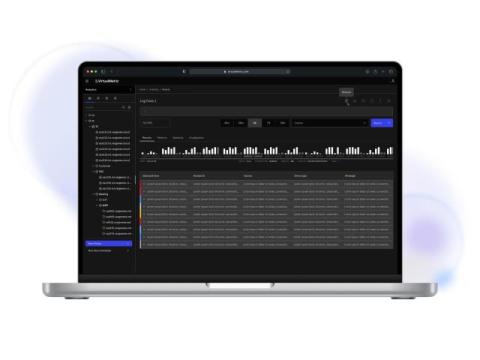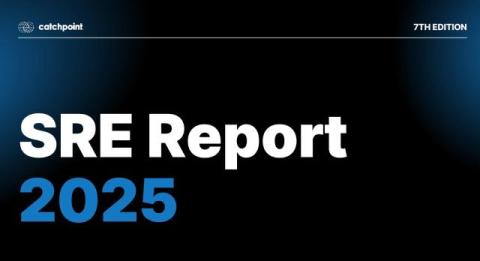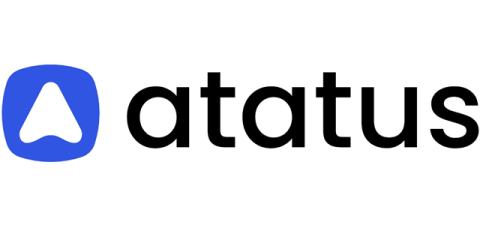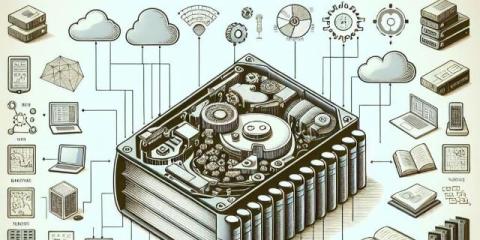Choosing the Right Monitoring Solution for Your Microsoft IT Stack
For IT teams seeking speed and agility, agentless monitoring offers a lightweight approach. This is particularly useful for Microsoft servers like Windows Nano Server, where resources may be constrained, or in environments where gaining approval for agent installations could be a hurdle. An agentless Microsoft monitoring tool is ideal if: However, there are limitations.











